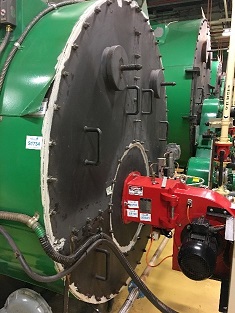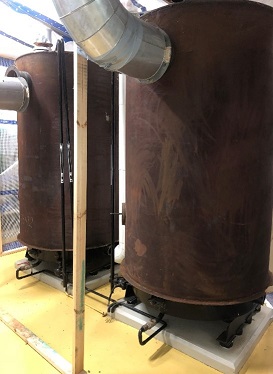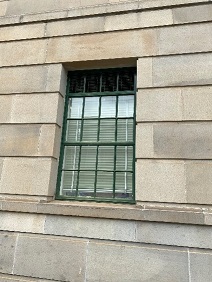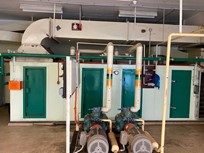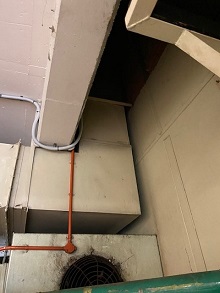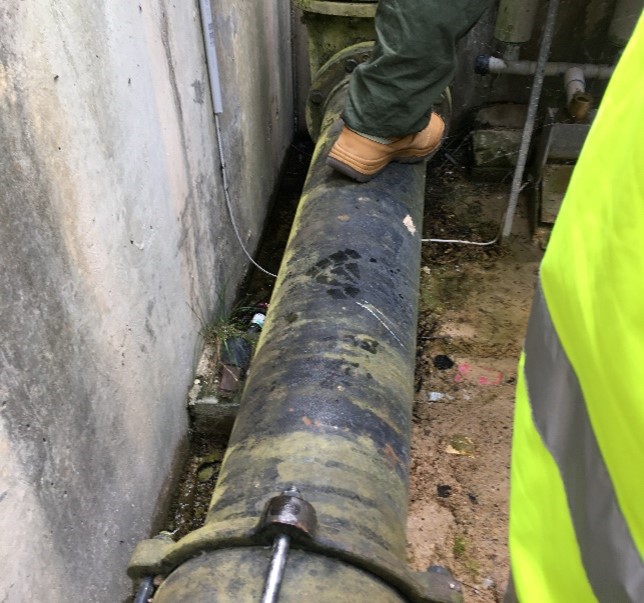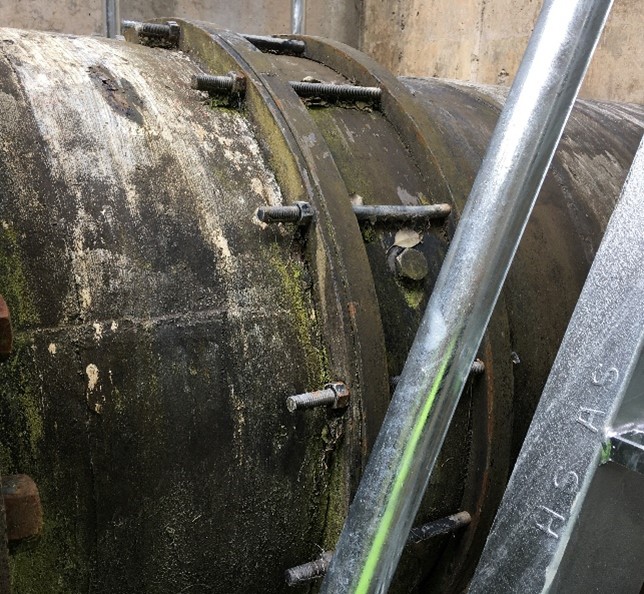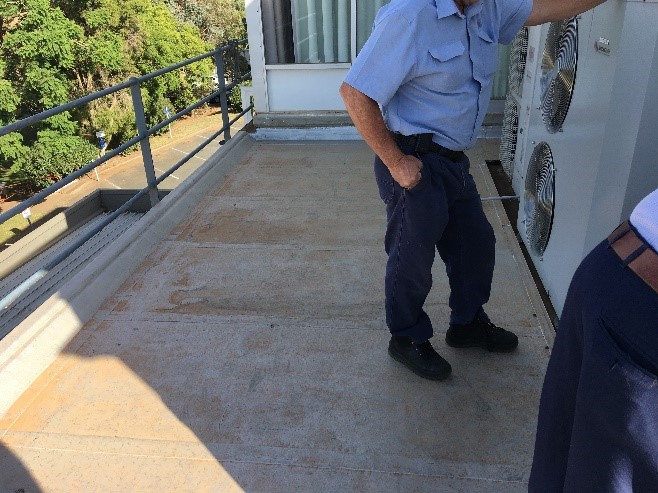Friable Asbestos Insulation/Gaskets removal example in ACT
ACT Government Building Boiler Friable Asbestos Insulation/Gaskets
Friable Asbestos Removal
ACT Government Building Asbestos Boiler after remove
Parliament House ACT Boiler Insulation and Gasket Removal (Friable) Whilst the body of the boiler was insulated with ‘Rockwool’ it was in such poor condition below the metal sheathing that we determined the removal should be conducted under controlled conditions. This decision also assisted in the gasket removal as these were asbestos rope gaskets. The containment sheeting is clearly visible behind the second boiler.
As can be seen by the photographs the extent of the boilers were five of the large horizintal ones and four of the upright boilers.
The works were carried out over a few monthas so as to minimise disruption of the heating and water capabilities of the building
The boilers, once the insualtion had been removed were dismantled in situ and removed off site and then new installed.
Non Friable Mastic Sealants Asbestos removal examples in ACT
The mastic sealants as shown in Photos 1 & 2 are of a Asbestos Water Reservior ACT. The mastic jointing sealer can be seen at the vertical and horiziontal joints of the reservoir. Unfortunatley the bulk of the mastic cannot be removed unless the reservoir is dismantled, therefore in most cases the excess mastics are removed and the remaining in situ edges are sealed with another type of selant, generally a silicone or polyurethane based sealant.
Window putties and mastic seal, from frame to brick/masonary is very common and quite often is left in place. In Photo 3 the mastics were removed and a new sealant was applied by others, the mastics were located where the window frame abuts the wall. Photo 4, whilst not clear, is a window where the glass was held into the aluminim frame with a mastic that contains asbestos, only the excess was removed. And the exposed edges were then sealed with a clear silicone.
Photos 5 & 6 are another example of a very common usage of mastics that contain asbestos, the air handling ductwork shown at all flange and other joints were sealed with asbestos mastic, the only way to remove the mastic is to remove the ducting. The mastic was also used on the AHU panels where each join, internal and external to the unit had the same mastics.
Bitumen Membrane Coatings
Photographs 1 & 2 show a water main supply and feed lines within one of the many reservoirs within the ACT. The membrane material is bitumen based and contains asbestos fibres. All membranes of this kind and as in Photo 3 are classified as non friable asbestos. The membranes are generally removed by hand although on large roofs a mechanical tile lifter can be used. The adhesives generally used to adhere the membranes to the substrate do not contain asbestos, however we have discovered on a number of projects these adhesives have contained asbestos, commonly known as ‘Black Jack’ these can be extremly difficult to remove.
Air Jordan 1 Blue Chill Womens CD0461 401 Release Date 4 | nike lebron x gold shadowy for sale on amazon


